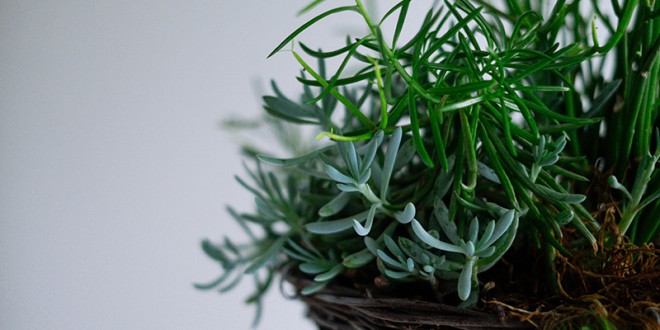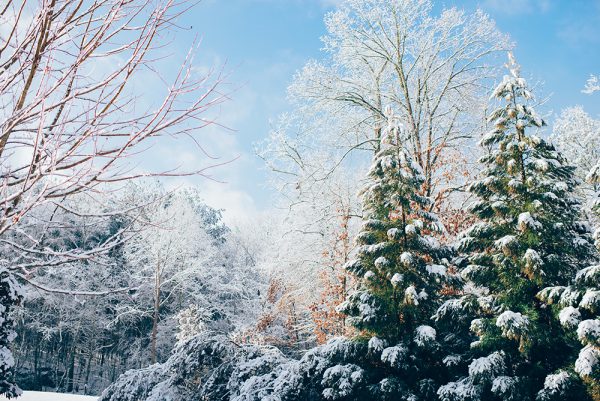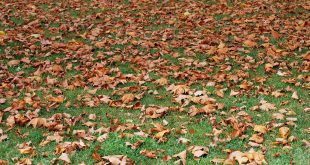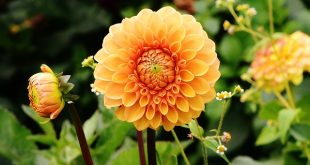Herbs look good, taste good and do you good, so here at the Gardeners Club, because there is nothing better than cooking with home grown produce, we have put together a useful step by step guide full of useful hints and tips to growing your own.
Herbs are sun worshipers for the most part. As expatriates of the Mediterranean region, most flavourful herbs don’t thrive in the un-Mediterranean environment and inadequate light our houses provide. Herbs don’t tolerate north-facing windows, or any window that gets less than four hours of direct sunshine a day.
Not every herb likes indoor life. Coriander (cilantro), garden cress, and dill are short-lived annuals that, when cut for harvest, do not regrow. You have to resow these herbs to produce a continuous crop. Three pots of each plant, each at a different stage (seeded, intermediate growth, and ready to cut), are usually enough. Forget trying to grow coriander, dill, or other spice herbs indoors for their seeds: They won’t set enough to warrant the effort.
You can grow parsely in pots or you may prefer to bring in established plants from the garden at the end of the season. The older leaves will fall off, but the thick taproot will drive new growth from the centre. However, parsely grown indoors from seed never reaches the size and productivity of plants dug from the garden. That’s digging outdoor plants in fall and bringing them inside may be advantageous. Keep the soil around the taproot intact, and be sure to use a pot that’s deep enough to accommodate the root.
Providing light
Even if your indoors, herbs get their four hours of direct sunshine daily, installing supplementary lighting is a necessity. The light coming through a window may seem bright to your eyes, but its intensity in winter is often less than one-tenth of the outdoor light during a summer day. Grow lights will work if their light intensity is high enough and the spectral quality is right.
Acclimate plants gradually
Plants produce two kinds of leaves in response to strong or weak light. High-light leaves are thick, strong, and narrow. Low-light leaves are thinner, more delicate, and broader than high-light leaves. But narrow high-light leaves are less efficient in converting light energy into food than low-light leaves. High-light leaves are accustomed to an abundance of light, so they don’t have to be as efficient at food production. A plant that is adapted to abundant light often turns brown and drops leaves indoors. This is because it can’t produce enough food to maintain itself. The plant tries to make food by shedding the inefficient leaves and producing efficient leaves higher up and closer to the light source. When you bring herbs indoors, this leaf drop and increased leggy growth can happen within weeks, or even days. Some herbs cannot make the transition fast enough to survive.
Rosemary
This slow-growing evergreen doesn’t have the chance to adjust to changes in light before the plant slowly starves itself. By January, February, or March, the leaves dry up, and the plant dies. This sudden death is by far the most common complaint about growing rosemary indoors. Here’s what to do: Gradually adjust the plant to lower light. Place it in partial shade for two to three weeks, then in deeper shade for another two to three weeks before bringing it indoors. When plenty of new growth appears, the plant is ready to go into the house.
Soil, fertilizer and water
After light, proper soil is the next most important factor in producing healthy herbs. With few exceptions, herbs require excellent drainage, especially during the winter months, when transpiration rates are lowest (that’s the rate at which plants release water from their leaves to the atmosphere). When roots are confined in a pot or planter, water and air cannot move easily. To improve drainage without sacrificing nutrients, add sharp sand or perlite to a good sterilized compost-based mix. Most herbs do well in soils of a pH of 6 to 7.
Many people incorrectly think that herbs grow better in poor soil. Flavours are stronger when culinary herbs grow outdoors in gardens. But in the confines of a pot, supplementary feedings with liquid fertilizer or organic fish emulsion are necessary. Feed herbs once a week when plants are actively growing, but not when dormant.
Watering is not a trivial matter with herbs. In general, water less often and more thoroughly, and only when the soil is actually dry. When the soil is dry to the touch, add water until it comes out the bottom of the pot. If the water doesn’t come out, pots have a drainage problem. First, check that the holes aren’t blocked; if not, you may have to re-pot with soil that has better drainage.
Growth in water
Unless light is plentiful, growth of most indoor herbs will slow or even stop during the winter, even with enough warmth. When growth slows, reduce harvests and hold back a little on the water. Reducing the indoor temperature to 60o – 65oF, if possible, also helps.
French tarragon and chives in particular benefit from a cool period. When growth flags in winter, place them in an unheated shed or garage (or in the refrigerator) for a month or two; freezing temperatures are fine. When returned to room temperature and good light, they’ll put out succulent new growth.
Pests and diseases
Herbs are susceptible to common pests, including whiteflies, spider mites, aphids, mealybugs, scale insects, and thrips. Inspect herbs regularly. If your herbs are in portable containers, control pests by dipping the whole above ground part of the plant into a pail of insecticidal soap. Swish vigorously for a minute or two to wet all leaf surfaces (hold your hand over the pot to prevent soil loss). Dipping herbs once or twice a week for three to four weeks will clear up most problems.
Herbs to grow indoors
In recent years, many new varieties of herbs have been introduced, some of which do better indoors than the traditional varieties. Here are 10 herbs notable for their consistent, compact growth habit and strong flavour.
‘Grolau’ chives (Allium schoenoprasum)
Strong flavour and thick, dark green leaves. Developed for forcing and can reach 8 to 12 inches tall. Seeds germinate in 10 to 14 days at 60o – 68oF.
‘Fernleaf’ dill (Anethum graveolens)
Dwarf form of dill only 18 inches tall. Ideal for dill weed indoors. Standard varieties grow too tall and bolt too soon. Easy from seeds, germinating in 7 to 14 days at 60o – 68oF.
‘English’ mint (Mentha spicata)
Perhaps the best-behaved spearmint variety (not as invasive as others, and the leaves are broader and deeper green). Excellent for cooking and tea. Easy to propagate from cuttings.
‘Spicy Globe’ basil (Ocimum basilicum minimum)
Dense, compact form of basil, 8 to 10 inches tall. Good flavour. Grow from seed; germinates in 6 to 12 days at 68o – 77oF.
Greek oregano (Origanum vulgare hirtum)
The true oregano for Mediterranean cooking, with excellent flavour and white flowers. Watch out for the impostor (called wild marjoram) with pink flowers and no flavour. Greek oregano grows well in pots, reaching 8 to 12 inches. Grows easily from seed in 7 to 21 days at 65o – 72oF.
Broadleaf thyme (Plectranthus amboinicus or Coleus amboinicus)
Also known as Spanish thyme and Cuban oregano, this plant has broad, fleshy leaves unlike those of ordinary thyme. Wonderful, spicy thyme-oregano flavour and useful in many of the same recipes as ordinary thyme. Never goes dormant. Grows from cuttings only, and reaches 10 to 12 inches tall.
Vietnamese coriander (Polygonum odoratum)
Not true coriander, but a good substitute. Regrows after cutting, unlike true coriander, which must be reseeded after harvest. Grows 4 to 8 inches tall. Propagate from cuttings.
‘Blue Boy’ rosemary (Rosmarinus officinalis)
More compact and diminutive than regular rosemary, reaching only 24 inches. Flowers freely and has excellent flavour. Propagated by cuttings only.
Dwarf garden sage (Salvia officinalis ‘Compacta’)
Smaller leaves and more compact than regular sage, growing only 10 inches high. Same sage flavour. Propagated by cuttings only; seeds are unavailable.
Creeping savory (Satureja repandra or S. spicigera)
Flavour identical to that of winter savory, but easier and faster to grow indoors. Reaches only 2 to 4 inches in height, but fills the pot with a dense mat of foliage. Difficult to find seeds, but grows readily from cuttings.
 Gardeners Club The Gardeners Club is a free to join online club for everyone with an interest in gardening and gardens.
Gardeners Club The Gardeners Club is a free to join online club for everyone with an interest in gardening and gardens.






